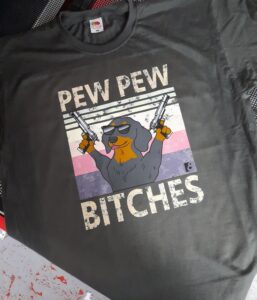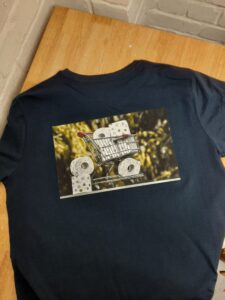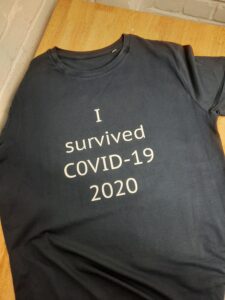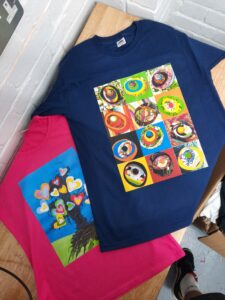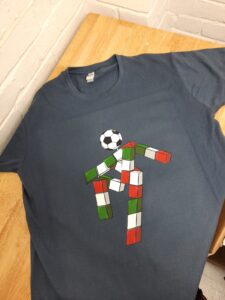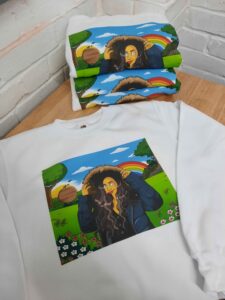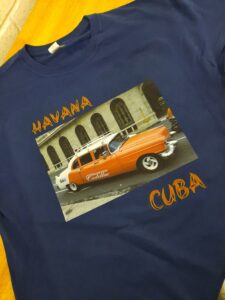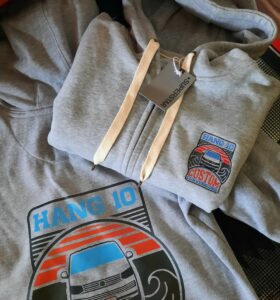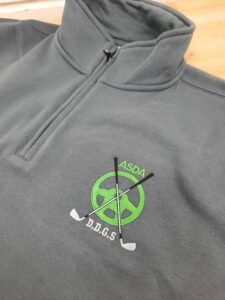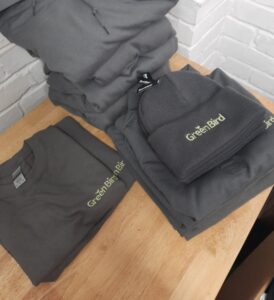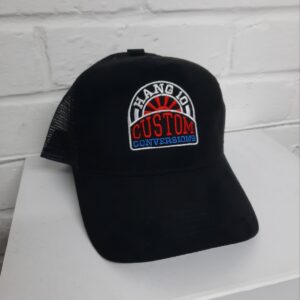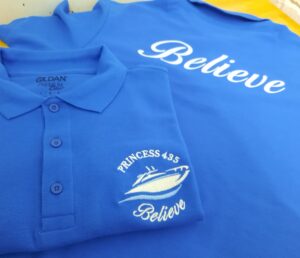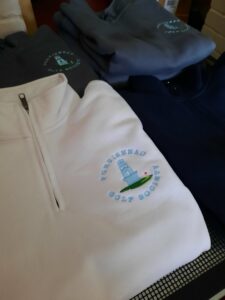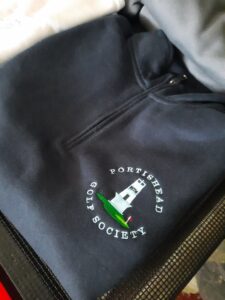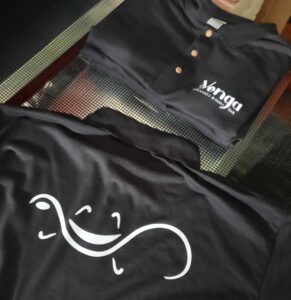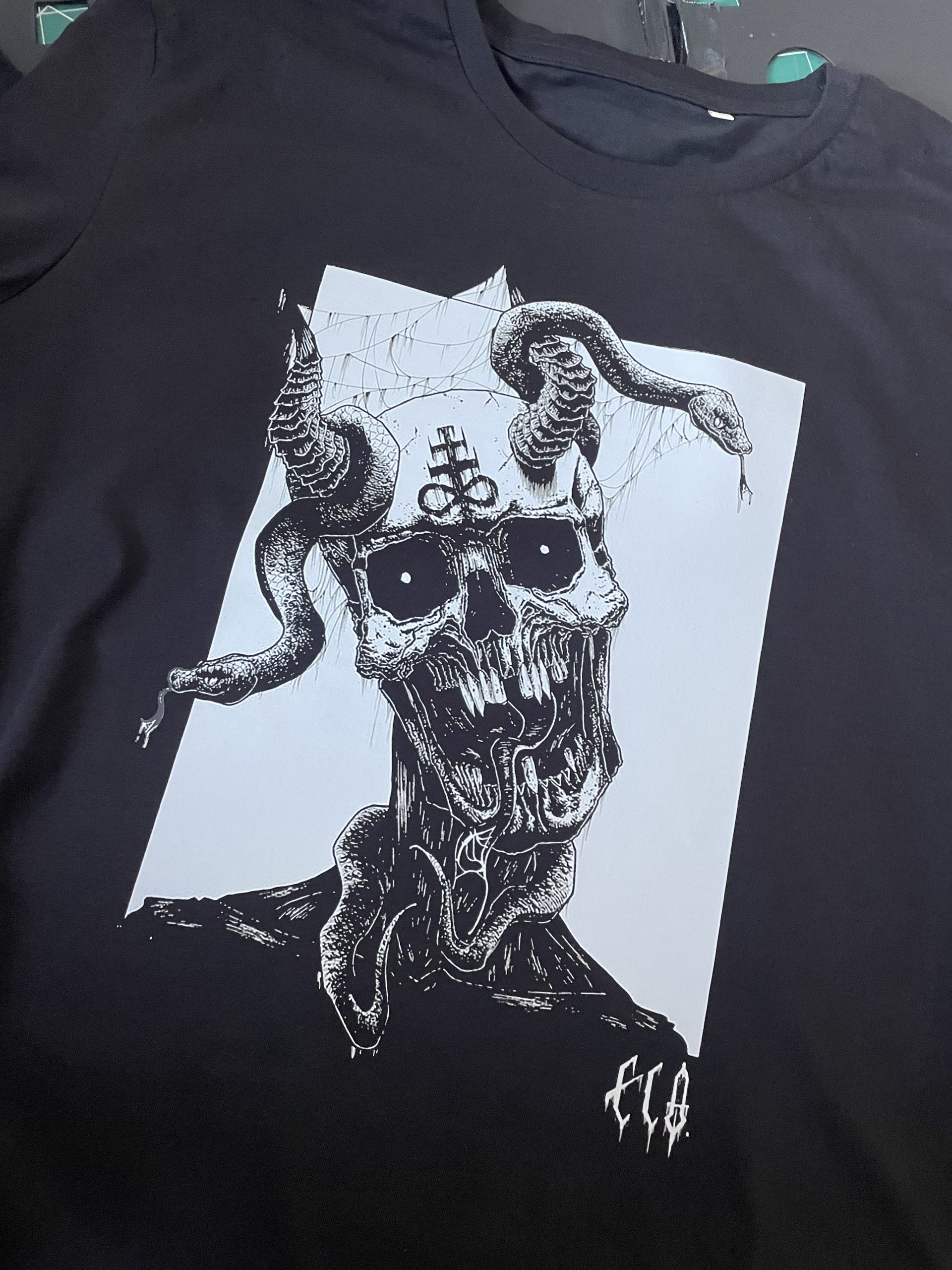
With advancements in technology, the printing industry has witnessed a significate transformation in recent years. Traditional printing methods have made way for more innovative techniques, such as DTG (Direct-to-Garment) and DTF (Direct-to-Film) printing. These methods have revolutionised the way we print designs onto fabric, making the process more efficient and cost-effective. While both techniques share similarities, they also have distinct differences that set them apart.
Cheaper DTF lasts better than DTG but DTG feels better.
Now that Teepig utilises DTF printing we have been able to reduce prices and turnaround orders quicker. This means you can get quality printed items cheaper with less waiting time. However there are limitations to what DTF can offer at this time:
Firstly; the feel. If your design to be printed is a block image, ie. it’s a significant sized print area, the print will be what’s described as a papery or plastic to touch. Try to allow areas of no print within your design, so the garment is clear to see and feel. This is better for longevity and feel.
We do remove non essential backgrounds on images and would advise you to request this if you’re unable to do so yourself. For example, if you have an image whereby the subject is surrounded by a white background we can easily remove this. What is not so easy is removing backgrounds with colour gradients. For example if you have an image of a subject with a shadow behind or textured background then graphic work has to be accomplished to remove this.
Also on the subject of gradients: DTG is better than DTF at achieving opacity changes. For example, if your design has an opacity feather at the edges then DTG is better suited than DTF which is limited to hard edges.
We cannot at this time achieve vibrant Pantone colours with either DTG or DTF printing. So if your design has luminous pink or florescent green then screen printing is the better option.
So what is DTG (Direct-to-Garment) printing?
DTG printing, as the name suggests, is a process where ink is directly printing onto fabric using a specialised inkjet printer. This technique is best suited for small-scale orders or personalised prints. DTG printing offers numerous advantages, such as the ability to print intricate designs with a wide range of colours and gradients. It is also great for designs that require a high level of detail. Moreover, the final print feels soft to touch as the ink is absorbed into the fabric.
DTF (Direct-to-Film) printing
DTF printing involves transferring the design onto a specialised film, which is then heat transferred onto the fabric. This method is primarily used for bulk printing due to its cost-effectiveness and time-efficiency. DTF printing allows for greater flexibility in terms of the types of fabrics that can be printed on, including polyester, nylon, and leather. It is particularly popular for printing sportswear, custom designs and large scale orders. Compared to DTG printing, DTF printing offers vibrant and long-lasting printed with excellent colour saturation and opacity.
What are the differences?
One significant difference between DTG and DTF printing lies in the colour capabilities. DTG printing allows for a broader spectrum of colours, including gradiants and various shades. This is because the ink is directly printed onto the fabric, allowing for precise colour application. In contrast, DTF printing may struggle with colour reproduction, primarily if the design includes intriciate details or a wide range of colours.
Another factor to consider is the durability of the prints. DTG prints tend to be more prone to fading after repeated washes, especially if they are not cared for properly. DTF prints are more durable and resistant to fading, making them ideal for garments that undergo regular washing or high levels of wear and tear.
Production speed
DTF printing generally takes less time compared to DTG printing. This is because DTF requires less preparation and can be used for mass production, allowing for quicker turnaround times. DTG printing, however, requires more times for set up, as the printer needs to precieslt algin the desgin onto the fabric.
Both DTG and DTF printing techniques have their advantages and limitations, and the choice between the two largely depends on the specific requirements of the print order. DTG is better suited for small scale orders that require intricate designs and a wide range of colours. DTF, on the other hand, is the go to option for bulk prints, offering vibrant and long-lasting prints on a variety of fabrics.
Ultimately, it is essential to consider factors such as design complexity, colour requirements, durability and production speed to determine which method best suits your printing needs.

